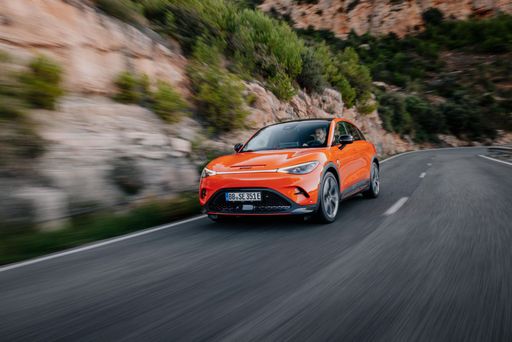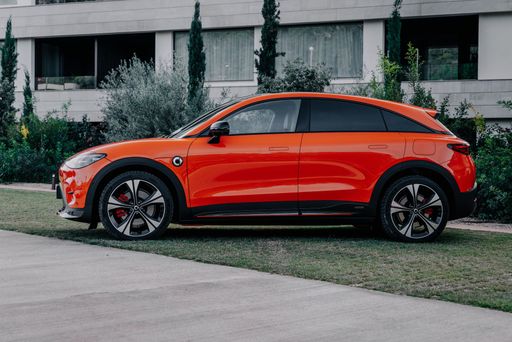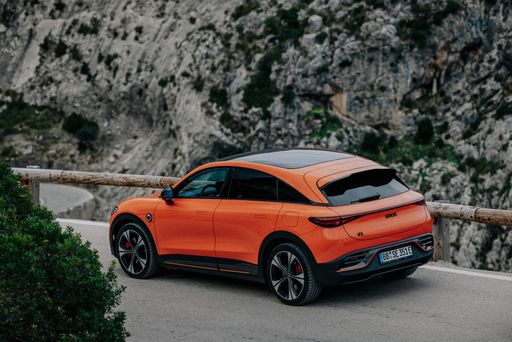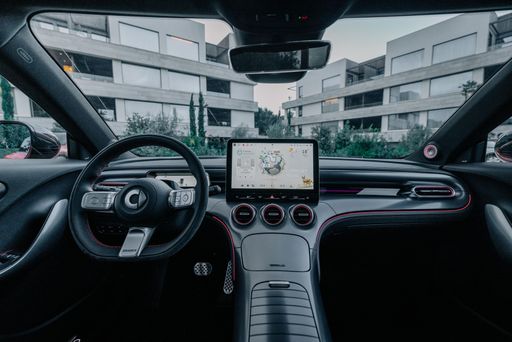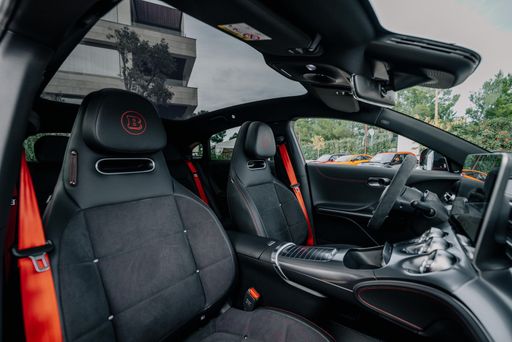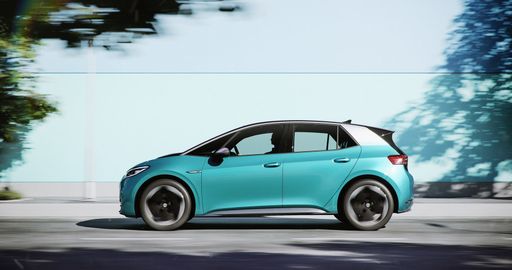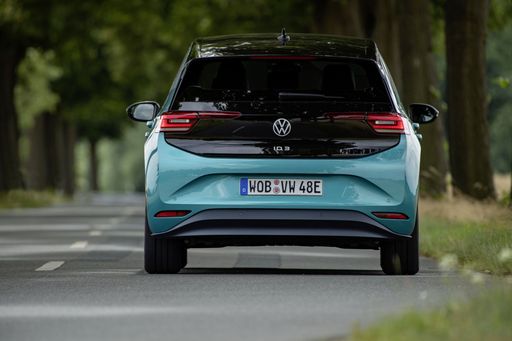A Clash of Titans: smart #3 vs. VW ID.3
In the rapidly evolving world of electric vehicles, two contenders have emerged to capture the attention of eco-conscious drivers: the smart #3 and the Volkswagen ID.3. As more drivers seek sustainable options without sacrificing performance or style, choosing between these two models can be a challenge. Let's delve into the technical specifications, performance capabilities, and innovative features of both vehicles to help you make an informed decision.

